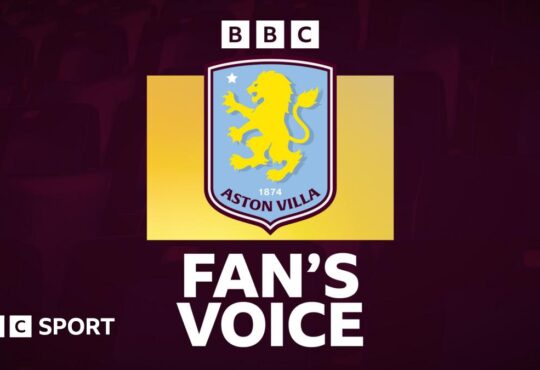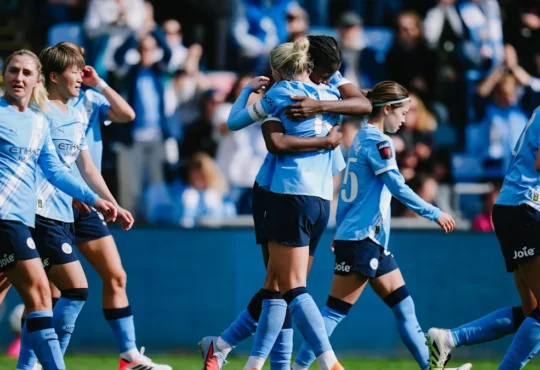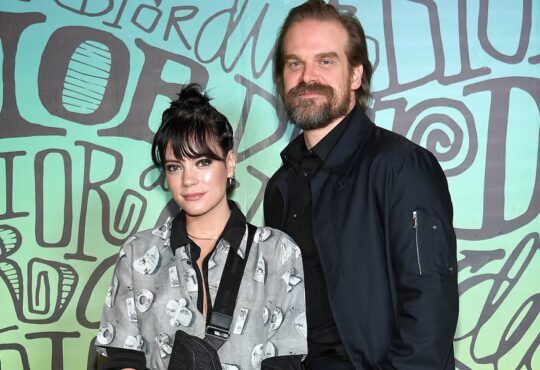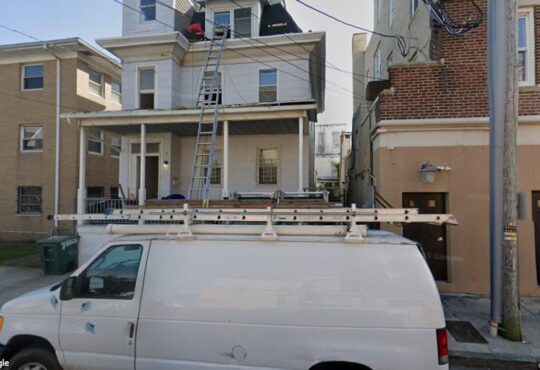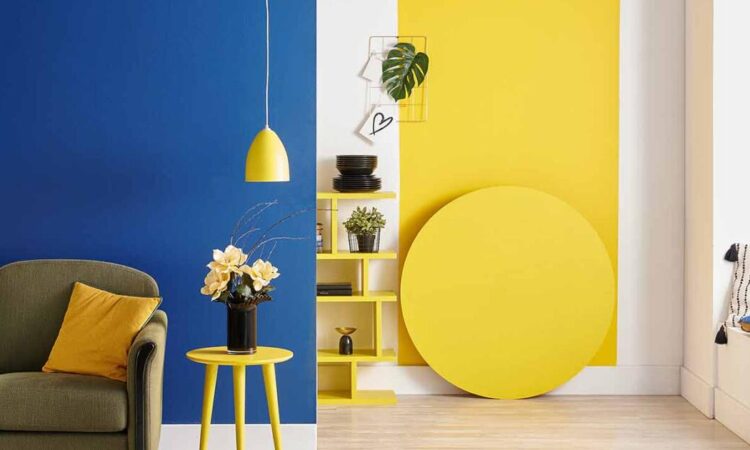
Forget beige boxes and builder-grade grays. Apartments are getting louder. The “Primary Play” trend is all about unapologetically vibrant color showing up in small-space design. Saturated reds, cobalt blues, and sunny yellows are changing how people think about city living. The look is expressive and the opposite of boring neutrals.
After a long run of gray sofas and greige walls, designers are moving in the opposite direction. Personality is the new luxury. Small apartments are no longer about shrinking your identity to fit the floor plan. They’re becoming a place to experiment. Sometimes messy, sometimes unexpected.
RELATED: Recreate Kourtney Kardashian’s Oversized Look in a Small Living Room
Why Primary Colors Work in Apartments
In small spaces, color has to do more than just decorate. It can carve out different zones in a room, and you don’t need to buy more furniture or those flimsy dividers. A cobalt accent wall? That’s your dining zone. A bright rug can signal ‘this is the living space’. Yellow bar stools can pull a narrow kitchen together. “Certain tones and materials naturally carry different kinds of energy,” says designers Benjamin Stelly and Tanya Selway of Stelly Selway. “Bright, more dynamic tones, think warm reds or bold oranges, can inject energy into a space.”
And if your apartment gets almost no natural light? Color becomes critical. Pale neutrals just… flatten when the light is bad. But stronger hues hold onto their depth. Most designers will tell you to pair them with white or maybe a warm wood. Just so the space doesn’t feel like the walls are closing in.
RELATED: Your Minimalist Home Doesn’t Have to Feel Cold
Designers Say: Don’t Shy Away from Saturation
It’s happening everywhere. LA, New York, even Copenhagen. People are using color less like a fun accessory and more like actual architecture. Like structure. Kelsey Fischer, who’s the lead designer at Havenly, put it perfectly: “I focus a lot on how a client wants to feel emotionally in their space… It has such an effect on your mental clarity, comfort, and general well-being that sort of lives in the background and does not get addressed too often for most people.”
This whole idea of design-affecting-emotion is exactly what Blu Dot is doing. You know, that Minneapolis furniture company? They’re famous for modern lines and just potent colors. Their stuff comes in tomato red, deep blue, and bright yellow finishes that feel permanent. Intentional. Not just trendy.
RELATED: 12 Essential Smart Home Innovations Redefining Luxury Living

Mono 81” Sleeper Sofa
(Blu Dot)
How to Bring Primary Play Into Your Apartment
Start with One Piece
Just pick one main color element. A green sofa. A yellow chair. Maybe a red console table. Modular pieces are great for this so you don’t have to do a total room overhaul just to try it.
Try Color Blocking
Paint is obviously the easiest way to add shape. And rhythm. You could paint just half a wall, or even just a doorway, and suddenly it feels like a whole new zone.
RELATED: How to Choose the Right Wallpaper With Expert Tips From Chasing Paper’s Elizabeth Rees
Layer Smaller Items
“Textiles are a great way to consistently make a room feel new,” said Fischer. “New pillows, throws, and especially curtains create a fast refresh with big visual impact.” A striped rug or lamp in a bright color adds personality without taking up space.

Stick to Three Colors
Two main colors and one accent are probably enough. Cobalt, yellow, and red is a classic mix, but another bright color can also be the bold accent you need.
Use Neutrals for Balance
You need neutrals to let the color breathe. Natural wood. Matte black. Plain white walls. It keeps the room from feeling like a three-ring circus.
The Language of Colorful Living
The return to strong primary color isn’t just nostalgia. It’s a mood. After so long in that minimalist desert, people are desperate for warmth and clarity again. And for renters or city dwellers, bright colors are the one way to scream individuality in a building full of small, identical floor plans. This trend isn’t about perfect coordination. It’s more… permission. The idea that your apartment doesn’t have to look like everyone else’s. A few bold choices and suddenly even a small space feels like it’s truly yours.


